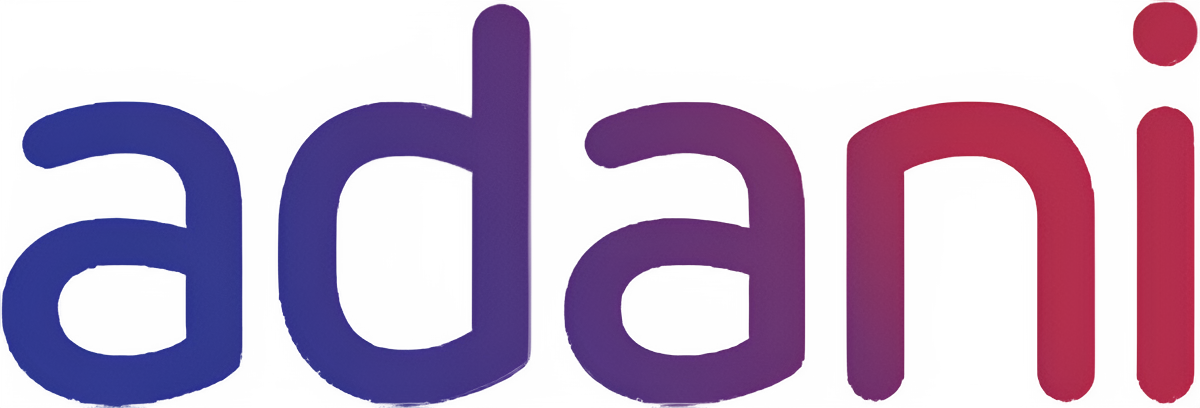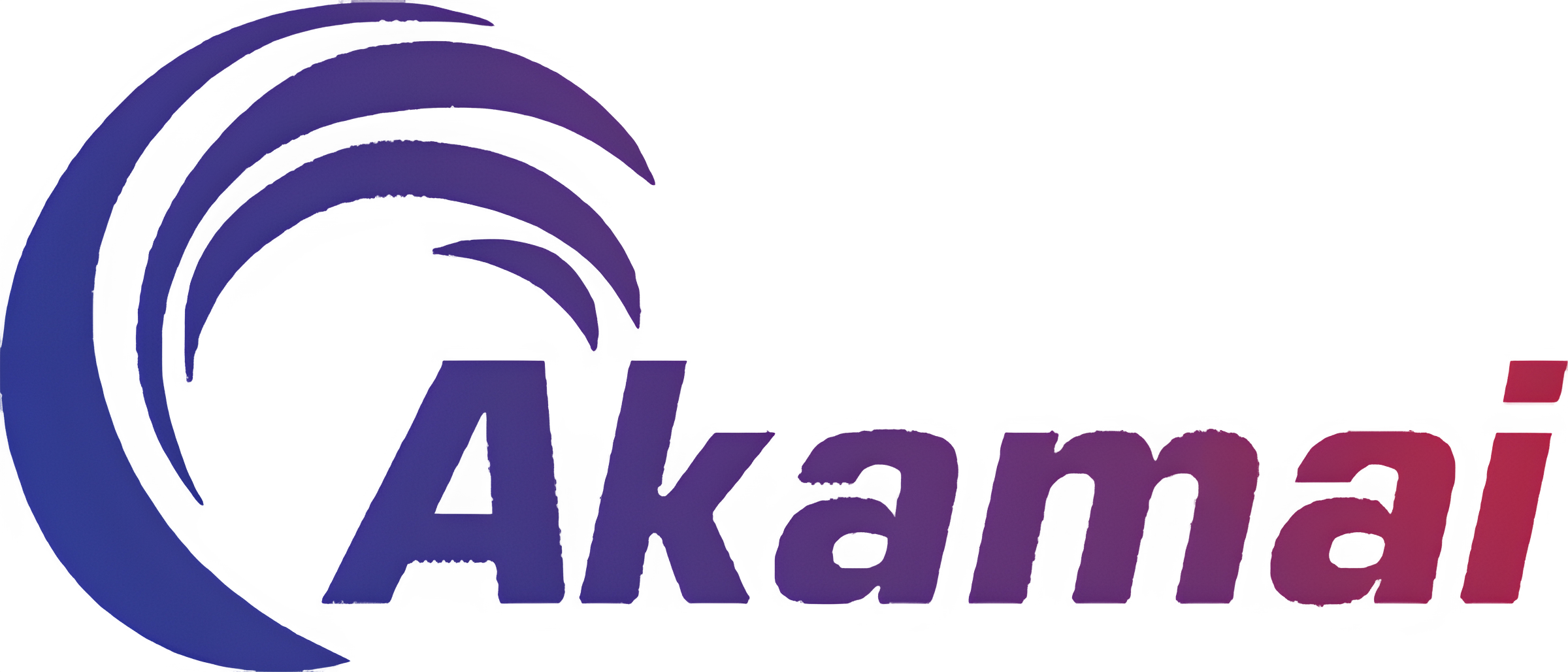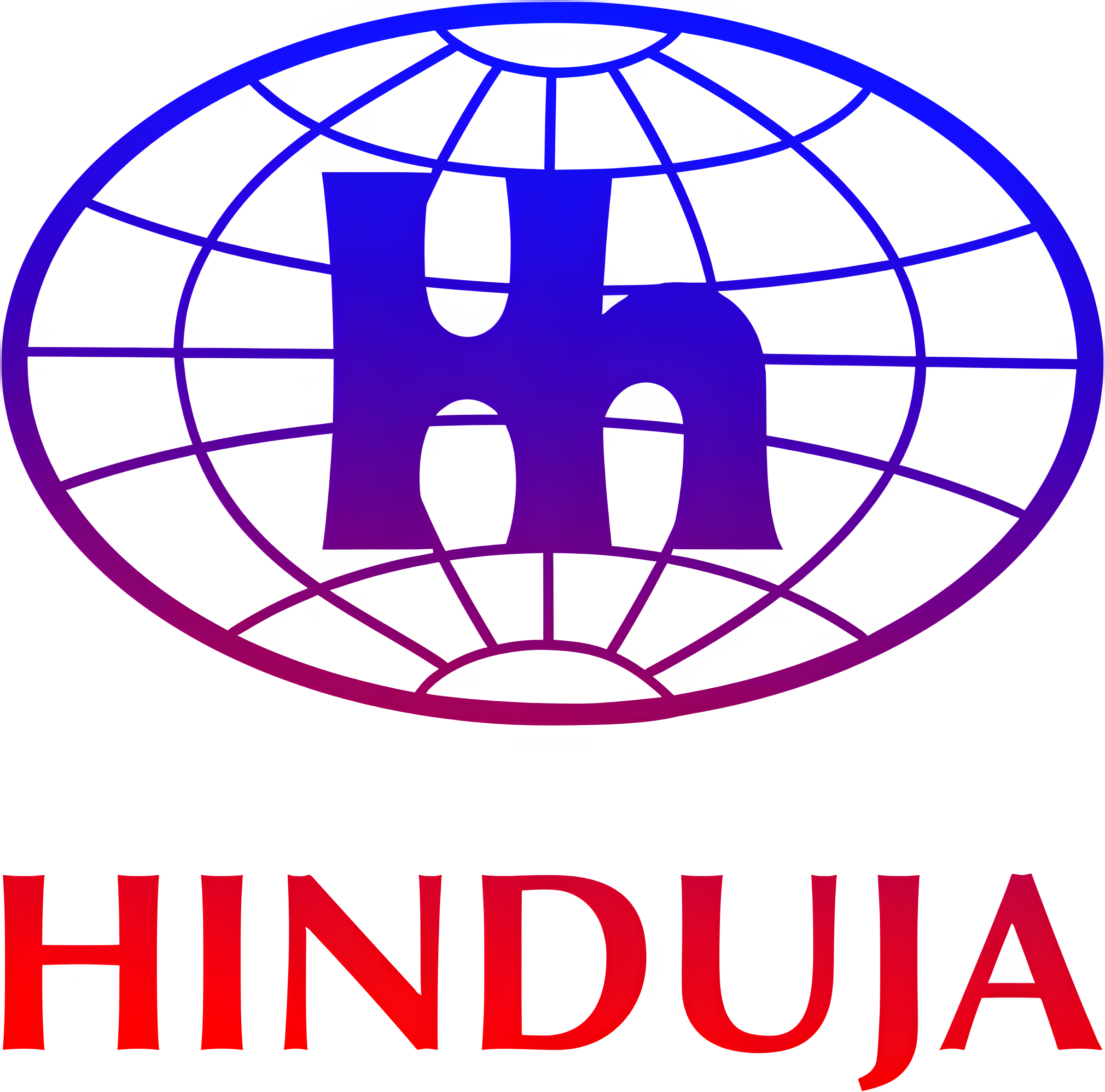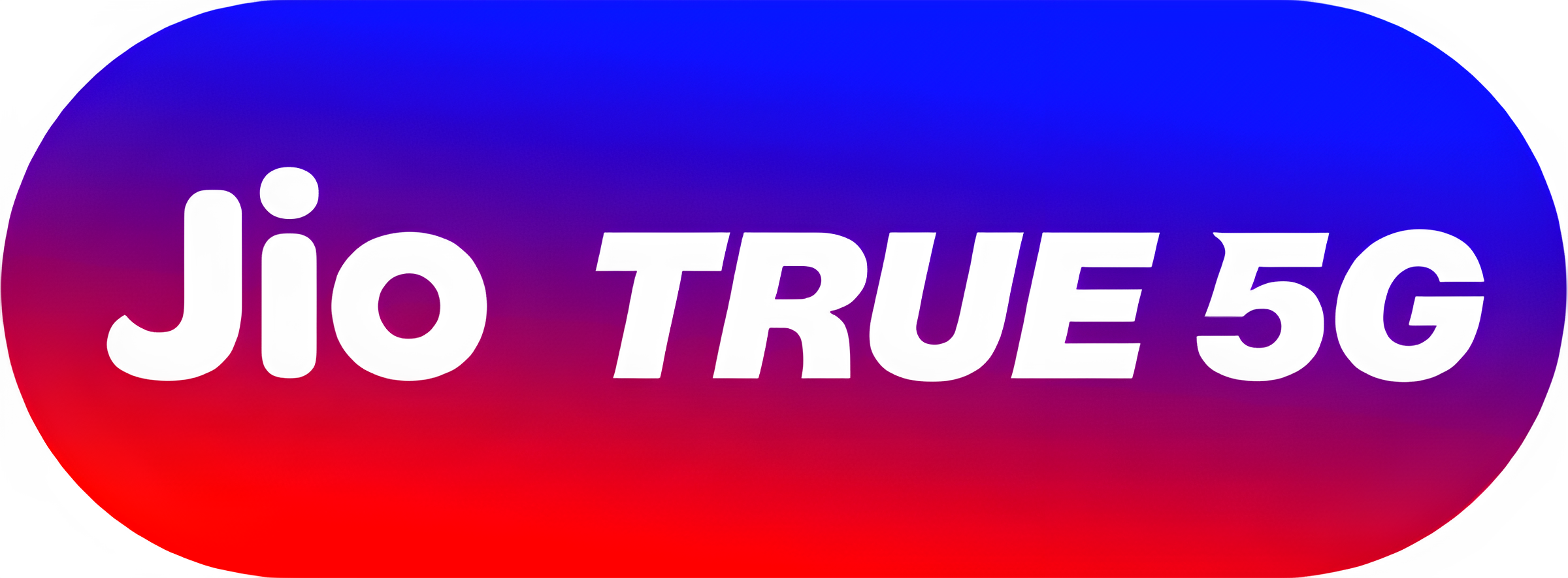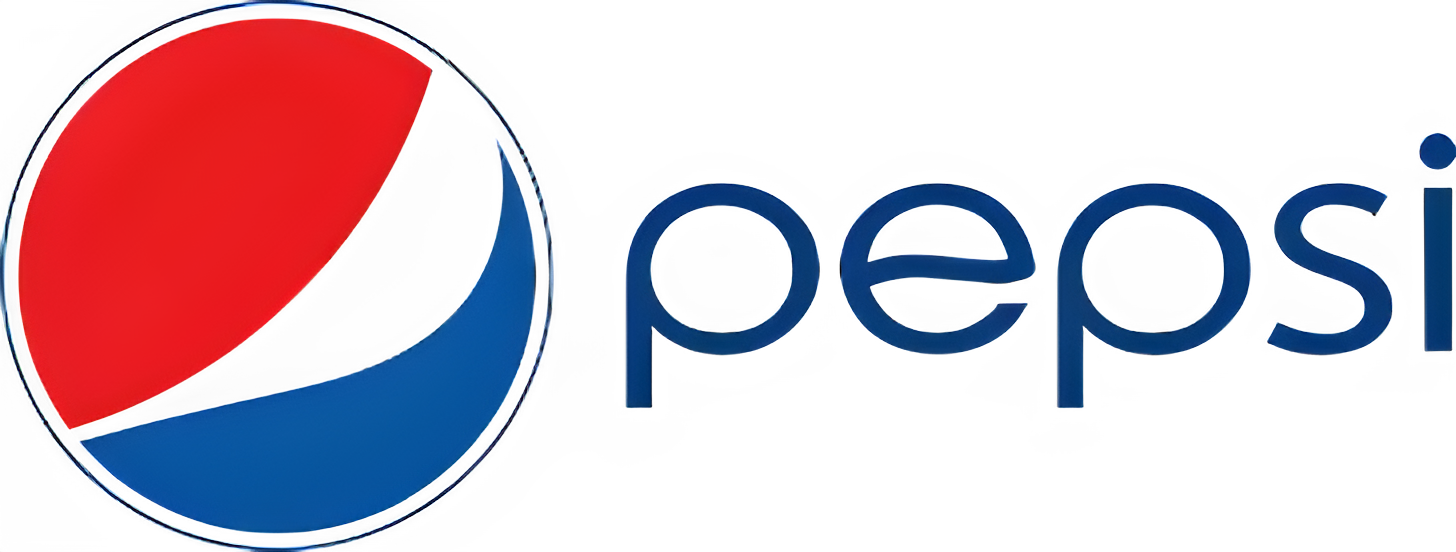Build a Property Management App: Simplify Rentals & Tenant Experience
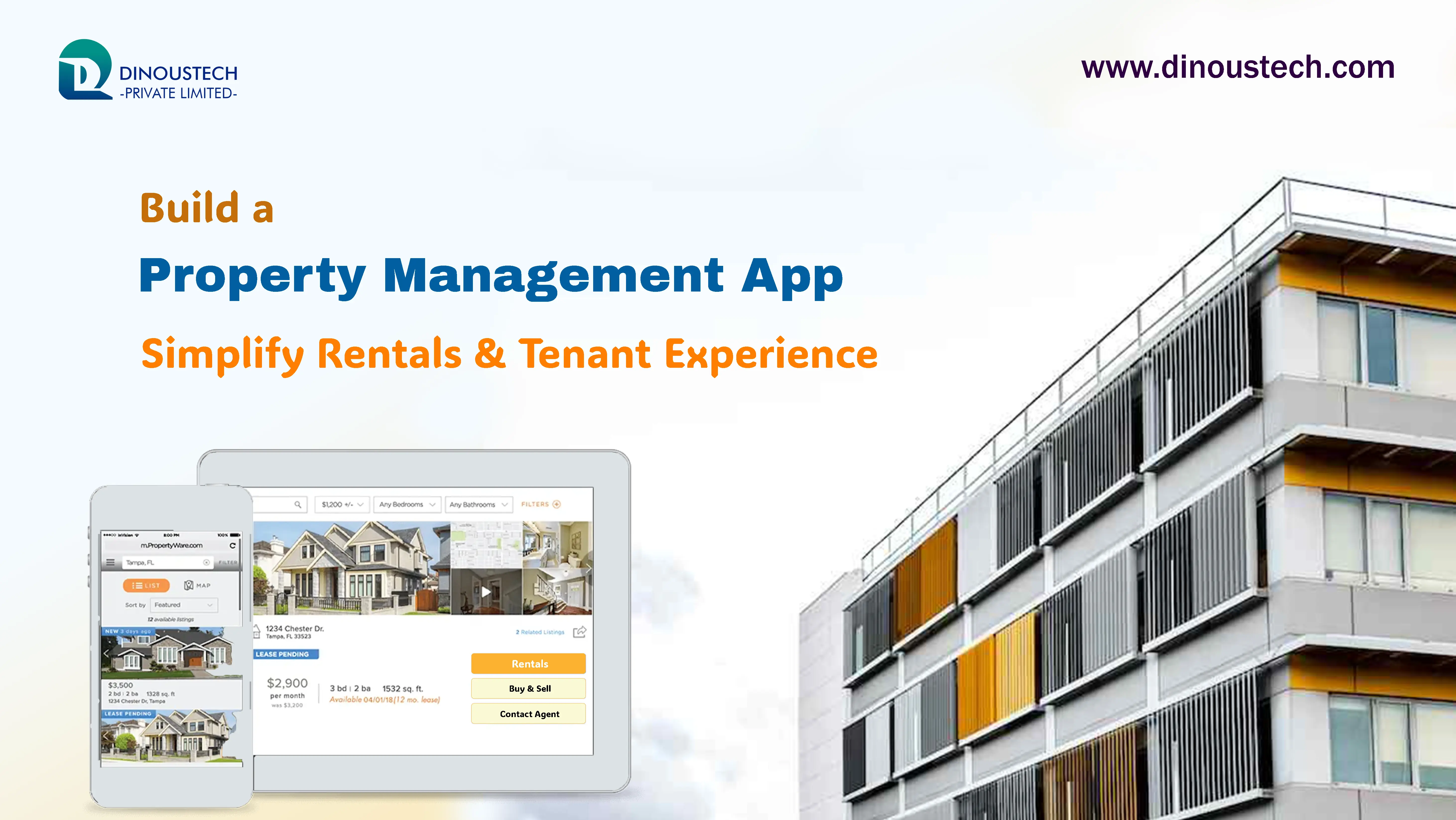
In today’s digital-first world, property owners and managers face mounting pressure to streamline operations, enhance tenant satisfaction, and maximize revenue. Traditional methods—paper ledgers, phone calls, and scattered email threads—often lead to miscommunication, delayed rent collection, and maintenance oversights. A robust property management app can bridge these gaps by centralizing landlord and tenant interactions, automating tasks, and providing real-time visibility into property performance. For businesses looking to enter this space, collaborating with the best software development company and the best mobile app development company ensures a scalable, secure, and user-centric solution. At Dinoustech Private Limited, we combine our expertise with insights from an affordable web designing company and a custom website development company to deliver end-to-end property management platforms that delight both owners and tenants.
The Need for a Digital Property Management Solution
Property management encompasses a broad range of activities, from rent collection and lease renewals to maintenance requests and financial reporting. Conventional approaches—paper-based rent notices, manual bookkeeping, and reactive maintenance—often result in delayed payments, frustrated tenants, and inefficient operations. In contrast, landlords and property managers who embrace technology can automate recurring tasks, reduce errors, and enhance transparency. Studies show that automated rent reminders can improve on-time payments by up to 30%, while digital maintenance tracking can reduce repair resolution times by 40%. As mobile adoption continues to rise, tenants expect the convenience of managing their lease, submitting requests, and paying rent through a smartphone app. A tailored property management solution addresses these pain points by offering a single, unified platform for all stakeholders.
Core Features of a Property Management App
A successful property management app must address the diverse needs of both landlords and tenants without overwhelming users with excessive options. Automated rent billing and payment processing are foundational. Tenants should be able to view their invoices, choose payment methods—from credit card to ACH transfers—and set up auto-pay to avoid late fees. On the landlord side, the app should reconcile incoming payments, generate financial reports, and deposit funds directly into designated bank accounts. Lease management capabilities—storing digital copies of signed leases, tracking renewal dates, and sending reminders—further reduce administrative overhead.
Maintenance request modules enable tenants to submit issues, complete with photos and descriptions, directly through the app. These requests automatically generate work orders, assign them to approved vendors, and provide status updates to tenants. A central dashboard displays the health of each property, highlighting overdue tasks, upcoming inspections, and occupancy rates. Analytics tools aggregate data on rent collection speed, maintenance costs, and vacancy trends, empowering property managers to make data-driven decisions. By integrating these core features, the app transforms what was once a fragmented patchwork of tools into a cohesive, streamlined experience.
Designing an Intuitive User Experience
User experience is paramount in property management apps; landlords and tenants should be able to navigate complex processes with minimal friction. Partnering with an affordable web designing company, designers must create a visually clean interface that segments features logically. For instance, a tenant’s home screen might highlight upcoming rent due dates, recent maintenance updates, and community notices. A bottom navigation bar offers quick access to the wallet, lease documents, and support. Landlords see a different dashboard—featuring total rental income, pending bills, and portfolio occupancy—in an equally intuitive layout.
Onboarding should be frictionless. Tenants download the app, enter their lease ID or email address, and are prompted to set up a secure password. Guided walkthroughs familiarize them with rent payment flows and maintenance request forms. For landlords, a simple registration process collects property details—addresses, unit numbers, and bank account information—before presenting a live view of current tenants. Context-sensitive tooltips guide new users, ensuring that first-time landlords and tenants alike feel confident using the app. Dinoustech’s UX/UI experts conduct usability testing with real users—landlords, tenants, and maintenance personnel—to validate each design decision, refining layouts and workflows based on feedback.
Choosing the Right Technology Stack
The underlying technology stack determines how smoothly a property management app performs under load and how easily it can be enhanced over time. Dinoustech, recognized as a best software development company, advocates a microservices-based backend architecture hosted on cloud platforms such as AWS, Google Cloud, or Azure. This approach decouples core services—user authentication, payment processing, document storage, and analytics—allowing each module to scale independently. Containerization with Docker and orchestration via Kubernetes ensures high availability, even during traffic spikes (e.g., rent due dates).
For data storage, a combination of relational databases—PostgreSQL or MySQL—handles structured data like user profiles, lease terms, and payment histories. A NoSQL database such as MongoDB manages unstructured data, including maintenance request logs and tenant-uploaded photos. Caching frequently accessed data, such as property listings and lease templates, with Redis or Memcached accelerates response times for critical operations.
On the frontend, cross-platform frameworks like React Native or Flutter enable rapid deployment to both iOS and Android devices while maintaining native performance. A corresponding web portal—developed by a custom website development company—leverages React.js or Angular for responsive, real-time dashboards that property managers use on desktops. All API endpoints employ HTTPS and JWT-based authentication to secure data in transit. Dinoustech’s engineering teams configure continuous integration/continuous deployment (CI/CD) pipelines, ensuring that each code update passes automated tests before going live, minimizing downtime and preserving data integrity.
Integrating Third-Party Services and APIs
A comprehensive property management app relies on multiple external integrations. Payment gateways, such as Stripe, Braintree, or region-specific options like Razorpay, facilitate secure rent transactions, recurring billing, and refund processing. These integrations must comply with PCI-DSS standards to safeguard tenant payment information. Document storage services, such as AWS S3 or Azure Blob Storage, store lease agreements, inspection reports, and other critical files, which are accessible both in-app and through the web portal.
To automate background checks or tenant screening, APIs from providers such as TransUnion, Experian, or local equivalents can return credit scores, rental histories, and criminal background data. By incorporating maintenance management integrations—like vendor scheduling software or GPS-based route optimization—property managers can dispatch technicians more efficiently and reduce response times. Location services such as Google Maps APIs embed interactive property maps, helping potential tenants view neighborhoods and commute times within the app. Dinoustech’s backend architects ensure these third-party services integrate seamlessly into the microservices ecosystem, using asynchronous messaging queues (e.g., RabbitMQ or Kafka) to handle time-sensitive tasks like SMS or email notifications without slowing down the primary application.
Ensuring Data Security and Privacy
Given the sensitive nature of lease agreements, financial transactions, and tenant records, property management apps must prioritize data security. Dinoustech Private Limited follows security best practices at every layer. All data in transit is encrypted with TLS/SSL, while data at rest uses AES-256 encryption. Role-based access control (RBAC) governs which users—landlords, tenants, maintenance techs, or administrators—can view or edit specific records. Multi-factor authentication (2FA) for landlord accounts and optional biometric login for tenants enhance security without sacrificing convenience.
Compliance with regional privacy regulations—GDPR in Europe, CCPA in California, and similar frameworks in other jurisdictions—is essential. Users must consent to data collection, understand how their data is used, and can request data deletion in accordance with local laws. Regular security audits, vulnerability scans, and penetration tests, conducted in collaboration with the best software development company, uncover potential weaknesses before malicious actors exploit them. Dinoustech’s DevOps teams maintain automated security monitoring, alerting engineers to suspicious activity such as repeated failed logins or unusual data access patterns.
UX/UI Best Practices for Property Management Apps
Delivering an outstanding user experience requires more than just feature completeness; it demands attention to visual design, accessibility, and performance. An affordable web design company works alongside Dinoustech’s UI specialists to craft a consistent brand identity, applying color palettes, typography, and iconography that evoke trust and professionalism. Onboarding tooltips succinctly guide users through initial setups, while contextual help features (accessible via a question mark icon) offer step-by-step instructions without cluttering the interface.
Key UI elements include a unified navigation bar—featuring icons for Dashboard, Properties, Tenants, Payments, and Maintenance—ensuring users can switch between modules with minimal effort. Informational dashboards use card layouts to highlight vital metrics: upcoming rent due dates, open maintenance tickets, and occupancy rates. Data-heavy sections—such as financial reports—offer filtering and sorting options, enabling managers to drill down into specific properties or time frames. Responsive design principles guarantee that both mobile and desktop users enjoy an optimal layout: collapsible sidebars on tablets, touch-friendly buttons on smartphones, and detailed tables on larger screens.
Accessibility considerations—such as high-contrast modes, resizable text, and screen reader compatibility—ensure the app serves a diverse user base, including those with visual impairments. Performance optimizations, like lazy-loading images and code splitting, reduce perceived wait times, encouraging more frequent use. By adhering to these UX/UI best practices, Dinoustech delivers property management solutions that feel intuitive, responsive, and visually engaging.
Monetization Strategies
A property management app can generate revenue through multiple channels. Subscription models are common: landlords or property management firms pay a monthly or annual fee to access premium features—advanced analytics, priority customer support, or multi-property management. Tiered plans—Basic, Professional, and Enterprise—cater to single-property owners up to large real estate portfolios.
Transaction fees on rent payments and maintenance service bookings provide ongoing income, especially if the app integrates seamlessly with payment processors. Additional revenue streams can include partnerships with insurance providers: offering users renters’ insurance or property insurance directly within the app, earning commissions on referrals. Featured listings for maintenance vendors—such as electricians or plumbers—can appear in a vendor marketplace, where service providers pay for premium placement. Finally, branded “white-label” versions of the app—customized for large property management companies—command higher setup and licensing fees. Dinoustech’s financial strategists collaborate with clients to model these monetization strategies, ensuring both affordability for users and sustainable growth for the business.
Marketing and User Acquisition
Introducing a new property management app to the market requires a multifaceted approach. Content marketing on the app’s companion website, produced by a custom website development company, establishes SEO presence through blog posts on topics like “Tips for Fast Rent Collection” or “Best Practices for Tenant Onboarding.” This draws organic traffic from landlords and property managers seeking solutions. Search Engine Marketing (SEM) campaigns target high-intent keywords such as “property management software,” “rent collection app,” and “tenant portal,” driving paid traffic to the website and app stores.
Social media campaigns on LinkedIn and Facebook engage small landlords and real estate professionals with case studies demonstrating time and cost savings achieved through the app. Video tutorials, created in collaboration with an affordable web design company, illustrate key features—rent reminders, maintenance workflows, and financial reporting—encouraging demos and trials. Partnerships with local real estate associations and property management meetups generate word-of-mouth referrals. Email marketing—sent to leads captured via website forms—nurtures prospects with personalized content and promotional offers, such as a 30-day free trial or discounted onboarding fees.
Offering a referral program, where existing users earn credits toward their subscription for each successful referral, incentivizes current customers to spread the word. Finally, highlighting positive reviews and testimonials from early adopters bolsters credibility. Dinoustech’s marketing professionals coordinate these tactics, leveraging analytics to optimize ad spend, track conversion rates, and refine messaging for maximum impact.
Post-Launch Maintenance and Feature Enhancements
Launching the app is just the beginning. Continuous software maintenance and improvements keep the platform relevant and secure. Dinoustech’s support teams monitor server health, performance metrics, and error logs to detect and fix issues proactively. Regular updates address OS changes, such as new versions of Android and iOS, and incorporate emerging security patches.
User feedback channels—embedded in the app—capture suggestions and bug reports, guiding the product roadmap. Future feature enhancements might include tenant chatbots powered by AI, dynamic pricing models for short-term rentals, or integration with smart home devices for remote property access. Machine learning algorithms can analyze rent payment patterns, predicting late payments and suggesting automated interventions like early reminders.
Scalability considerations ensure that as the user base grows, adding more landlords, tenants, and properties, the app continues to perform reliably. Load testing and performance profiling identify bottlenecks, while database optimizations maintain fast query response times. Dinoustech’s multidisciplinary teams of developers, QA engineers, and DevOps specialists coordinate these post-launch activities, ensuring the app evolves with market needs.
Conclusion
Building a property management app that simplifies rentals and enhances tenant experiences demands a comprehensive approach: strategic planning, user-centric design, robust technology, and ongoing support. Key features—automated rent collection, lease management, maintenance tracking, and financial analytics—address the core pain points of landlords and tenants alike. By integrating third-party services, enforcing rigorous security practices, and adhering to UX/UI best practices, the app delivers a seamless, efficient experience.
Partnering with a reliable software provider, such as Dinoustech Private Limited, ensures access to end-to-end expertise. As a best software development company and best mobile app development company, Dinoustech offers turnkey solutions, from collaborating with an affordable web designing company on intuitive interfaces to partnering with a custom website development company for comprehensive web portals. Whether you manage a handful of units or an extensive real estate portfolio, investing in a tailored property management app streamlines operations, reduces costs, and elevates tenant satisfaction. Embrace digital transformation in property management and unlock new levels of efficiency, transparency, and growth.

